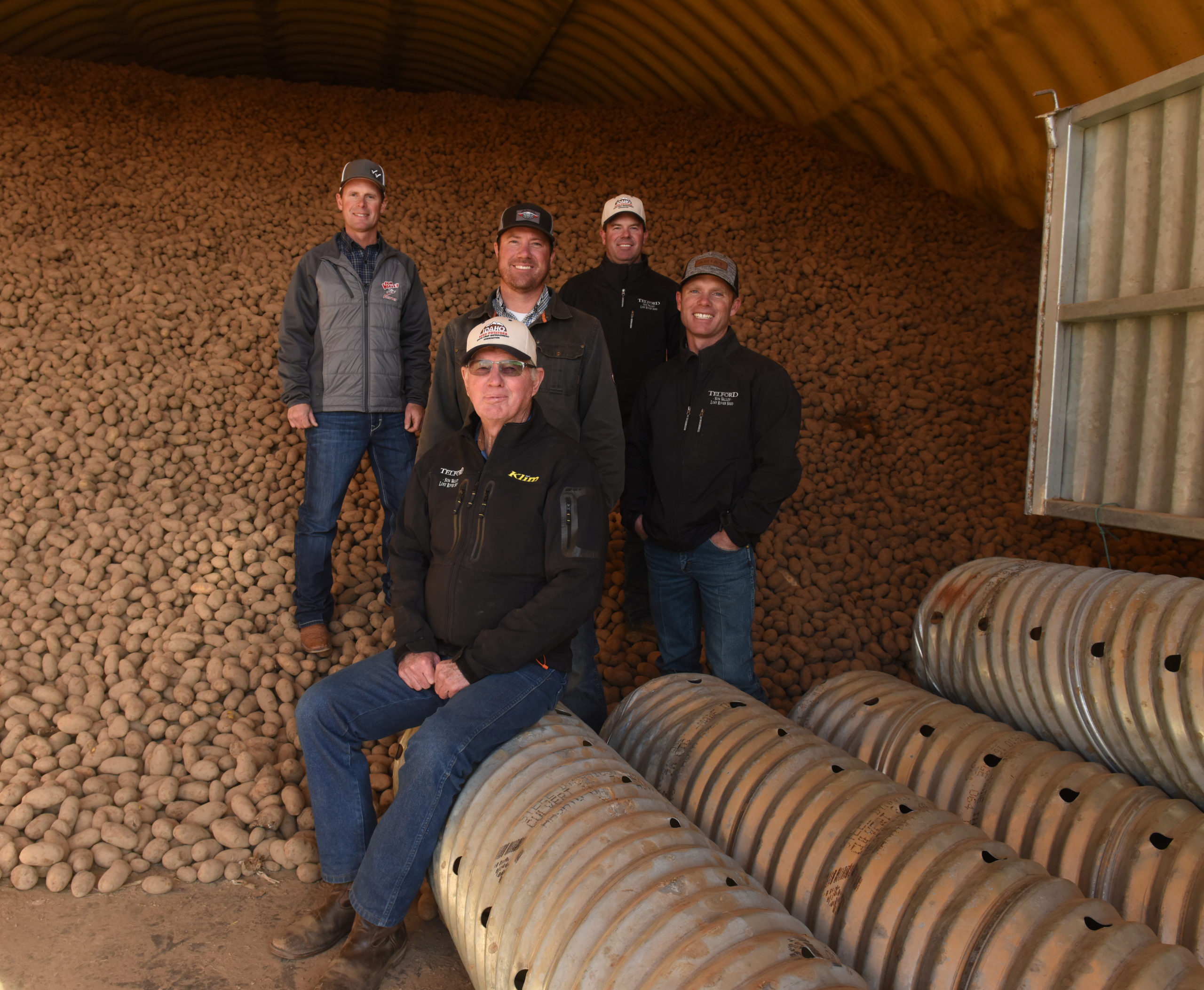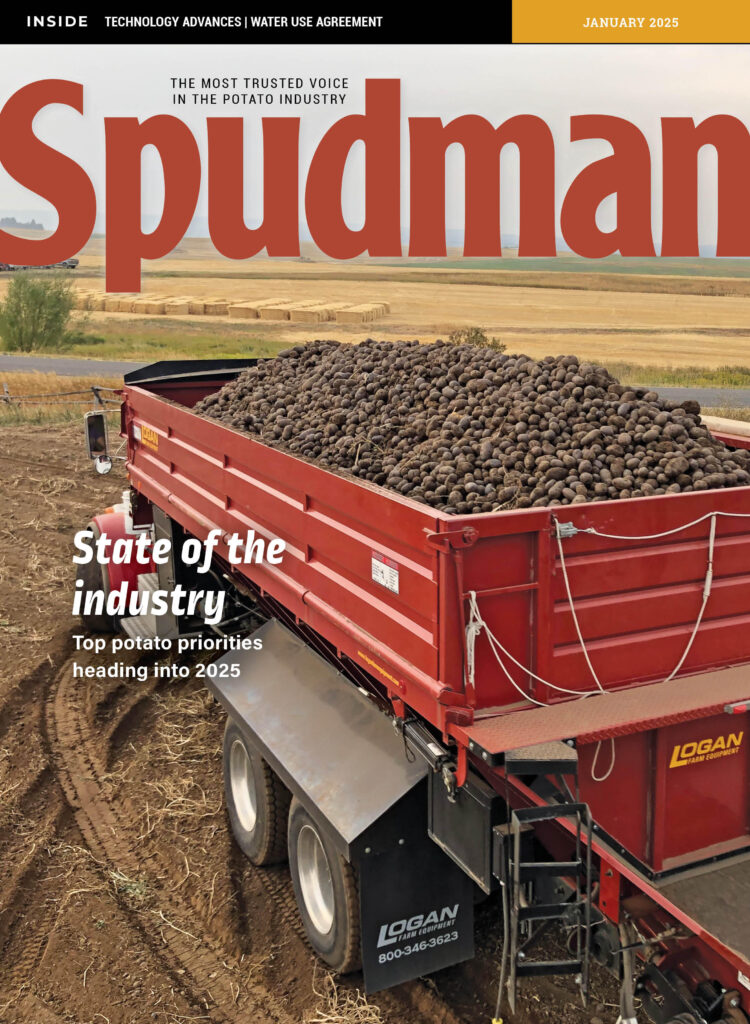Sep 16, 2022Potato late blight confirmed in three additional commercial Michigan fields
Symptoms were detected in fields on Sept. 13 and 14. Active sporulation was observed, however, all infected plants were limited to a small area at the field edge (approximately 10 sq. ft. or less). Infected fields have been chemically vine-killed or are scheduled for immediate next day vine-kill. Samples were submitted to Michigan State University Potato and Sugar Beet Pathology on Sept. 14. Typical water-soaked lesions with gray, fuzzy undersides were observed and Phytophthora infestans sporangia were confirmed. Isolate genotyping is in progress.
Previous detections made on Sept. 6 and 7 were confirmed to be genotype US-23 by the Mid-Michigan Agronomy testing service. This genotype attacks both potato and tomato hosts, is considered to be sensitive to mefenoxam (e.g., Ridomil), and has been almost exclusively the only lineage detected in the U.S. since 2013.
Currently in Michigan, late blight has been reported in six commercial fields in Montcalm County. Detections were reported by conscientious crop consultants and immediate measures have been taken to reduce further spread. Tin fungicides (triphenyltin hydroxide) kill spores on contact and have been used in several field areas to protect nearby fields and tubers from subsequent infection.
In Montcalm County, reports estimate 15-20% of potato fields are left to vine-kill for harvest. However, many operations in the area have or will have completed vine-kill of their acreage by the end of the week. Late-planted fields with green canopies may still be at risk for infection. Preventative foliar programs and diligent crop monitoring is strongly recommended.
Current late blight risk is medium in Michigan, however, some areas have experienced favorable conditions in the past several weeks due to more frequent and heavy rain events. Late blight forecasting in Michigan is available through our Late Blight Disease Forecast website. This tool was developed by Baker et al. 2002 and weather data used in this model is provided by MSU Enviroweather.
No other nearby states have reported late blight. In other areas, tomato late blight was reported in Ottawa County in Eastern Ontario on July 26, in Cocke County, Tennessee, on Aug. 5, and in Haywood County, North Carolina, on Aug. 18. A map of current U.S. late blight observations can be monitored at USA Blight.
– Jaime Willbur, Michigan State University







